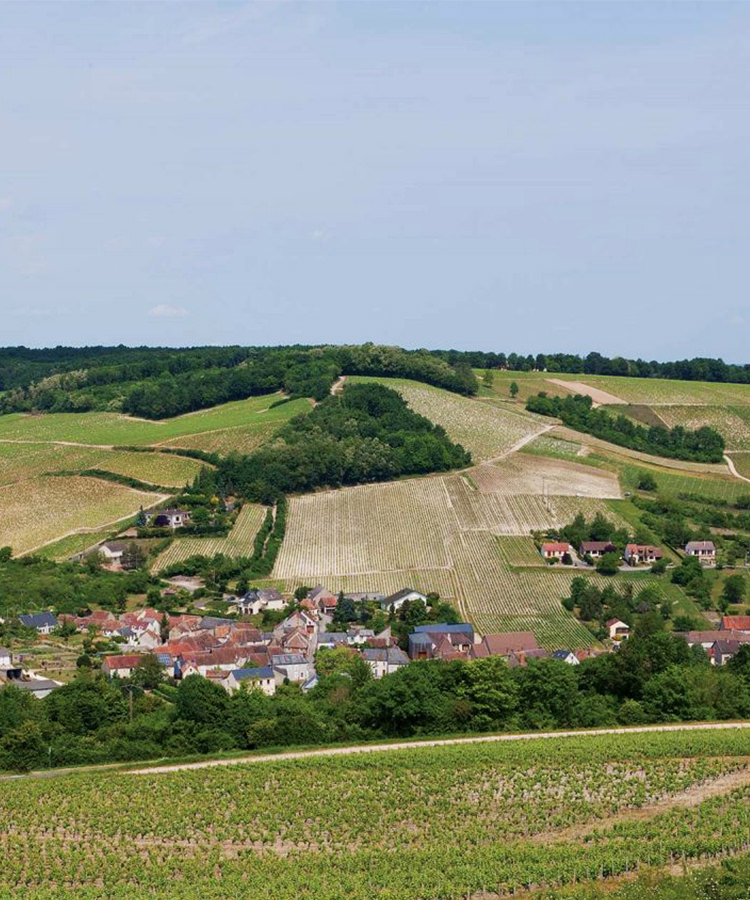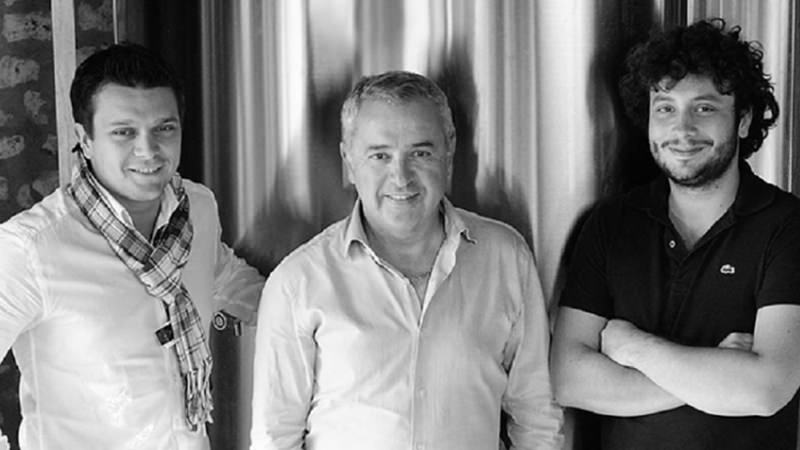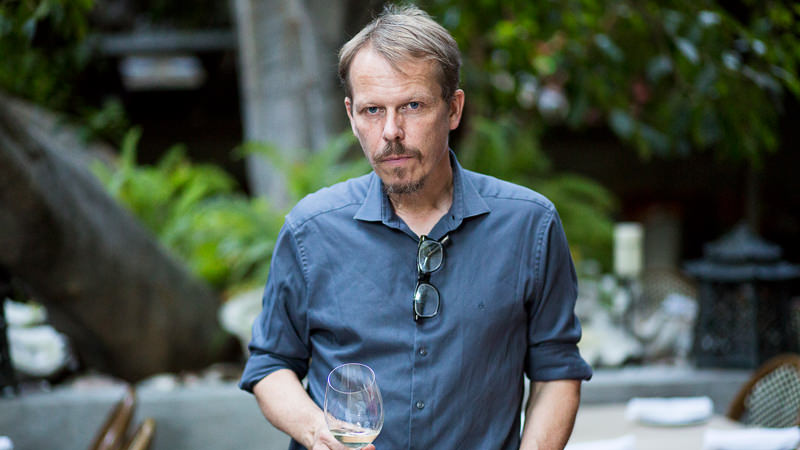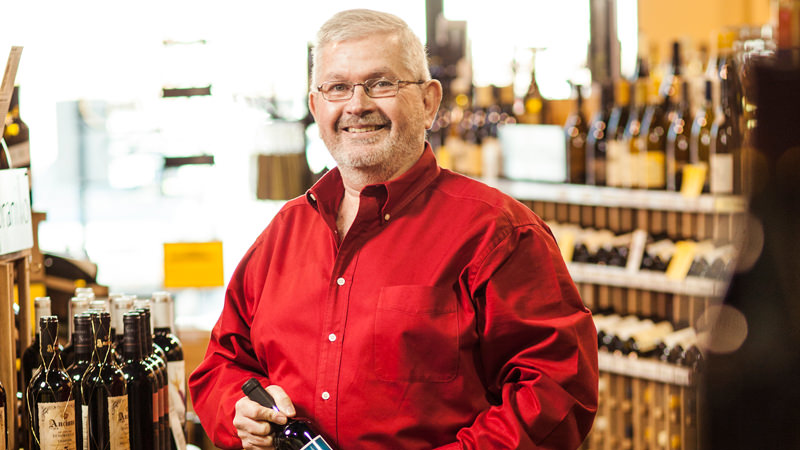France’s wide-ranging wines are celebrated across the globe for their timeless elegance and unparalleled sophistication. Yet within this already elevated landscape, some regions are even more heralded than others. Consider the Loire Valley, an illustrious string of appellations with viticultural traditions spanning multiple millennia.
As its namesake river flows west across the center of the country and into the Atlantic, the Loire Valley’s storied juice beckons sommeliers, connoisseurs, and collectors in equal measure. In fact, despite an already glorious past, we might very well be enjoying the golden era of Loire Valley wine, today.
What makes the liquid so precious? Sip for yourself. One taste is all it takes to inspire a true believer. For added motivation, here’s testimony from the folks that make, sell, and serve Loire Valley wines.
Arnaud Saget — 9th Generation Winemaker/General Manager of Saget La Perrière
In speaking about the greatness of the winemaking region his family has long called home, Arnaud Saget continually returns to one word: diversity. “The Loire Valley is around 300 miles long, and shows very different types of soil and climates through its four sub-regions,” he explains. “The eastern side will be more continental, when the west of the Loire will definitely have oceanic influences. There are many types of soils but most well-known are flint (silex) in Sancerre, Kimmeridgian (Pouilly Fumé), slate (in Anjou) and volcanic rocks (Muscadet).”
While dry, mineral-forward whites are most synonymous with the region, Saget is quick to point out that the area also produces off-dry rosés, light, easy drinking reds, and even sparkling variations. The crisp yet creamy, criminally undervalued Crémant de Loire is a prime example.
As its reputation spread throughout the 20th century, Saget La Perrière and its broad stock of vines enjoyed unprecedented growth. “Our family has been producing wine in the appellation of Pouilly-Fumé for nine generations; however, the winery really developed over the past 40 years,” he recalls. “From the six original hectares we had in the mid-’70s in our single vineyard in Pouilly, we now run over 300 hectares that are split in our six wineries covering almost all the Loire Valley vineyard from the east to the west.”
Saget rests much of the family’s success at the feet of his father, who was a fierce advocate for sourcing long before it was standard industry practice. Developing these strong partnerships allowed access to a diverse assortment of grapes, and a resulting wine for every palate. “With that concept, we are able to produce almost 45 appellations out of the 85 you can find in the Loire Valley,” he says. “Our business model is very unique in our wine region, as we are the only family-owned and managed company to run estates across almost the entire region. Each of our properties has its own style and branding. This was a choice of ours to stick to the diversity of the Loire Valley.”
Although Sancerre remains the family’s best-known styles (it has been sold stateside for four decades), Saget’s personal preferences are often nostalgic. “From the bottom of my heart, I cannot miss Pouilly-Fumé Domaine Saget, which is the historical place of my family for so many generations,” he fondly reflects. “We also have little gems like the Savennières, which is a very tiny appellation from Anjou and made of Chenin Blanc and which we produce in our property, Château de la Mulonnière.”
Since 2010, Saget La Perrière’s expansive portfolio has sustained healthy distribution across the U.S. Look for its labels at your local wine shop.
Benny Bohm — Wine Director at Cliff’s Edge in Los Angeles/Award-Winning Sommelier
“What makes these wines so great is the intense minerality they get from the limestone soil that runs through the region,” notes sommelier Benny Bohm. At Cliff’s Edge, he oversees one of Los Angeles’s premiere wine programs, a task requiring a palate as well-educated as it is well-traveled. Despite his penchant for eclecticism, Bohm cordons off a corner of his menu for Loire Valley juice. He finds their food-friendly characteristics too tempting to pass up — particularly in their most renowned varietals: Chenin Blanc and Sauvignon Blanc. “Whites from the Loire pair wonderfully with oysters and seafood, in general,” he explains. “Which is why we feature quite a few from that region. Here in Southern California, with our weather, our guests are often looking for something bright and fresh to drink on our patio. [Loire Valley wines] pair well with a lot of different elements so they are extremely useful when larger tables share a mix of dishes.”
Beyond the mere flavors, Bohm is also compelled by the cultural legacy and processes of a winemaking region dating back to Roman times. “Wines made from Chenin — especially Vouvray — were at one point more sought after than white Burgundy, and can age very well,” he notes. “There is also a freshness about the whites from the Loire — as they traditionally aren’t barrel aged. Sancerre [from the eastern edge of the region], to me, is the truest expression of Sauvignon blanc.”
Chris Zaborowski — Owner of Westport Whiskey & Wine in Louisville, KY
As proprietor of Louisville’s most trusted wine shop, Chris Zaborowski is counted on to steer curious customers in the direction of under-appreciated bottles. He knows which way to turn. “Loire Valley wines are some of the most interesting and greatest values in French wines,” he asserts. “Most people have had the classic Sauvignon Blancs from Pouilly-Fumé and Sancerre. They do get the most attention. But if you move west of those classic appellations, there [you’ll find] some of my favorite wines. Cabernet Franc-based wines from the Touraine region are quite lovely, [as are] the Chinon and Bourgeil appellations.”
Echoing Saget’s mantra, Zaborowski points to Loire Valley wines’ diversity. He highlights the crisp acidity and balanced minerality of Muscadet as a great shellfish accompaniment, while finding bolder expressions such as a Pinot Noir from Sancerre easier to pair with summer barbecue and roasted meats.
Then there’s the beauty of the in between. “From Anjou, the rosés can be dry to slightly sweet,” Zaborowski says. “When I first started in the wine business, Anjou rosé was the most popular wine of its day. Long before White Zinfandel, an elegant, balanced, slightly sweet rosé was the most quaffable.”
French winemaking is an expression of joy, bountiful yet precise; an ageless art perfected through the generations. Chris Zaborowski is but one of many guides who know well where to find it. The roadmap is quite clear. Whether at Westport, or any other fine wine shop across the land, a quest to behold beauty within the bottle will eventually lead you to the Loire.



